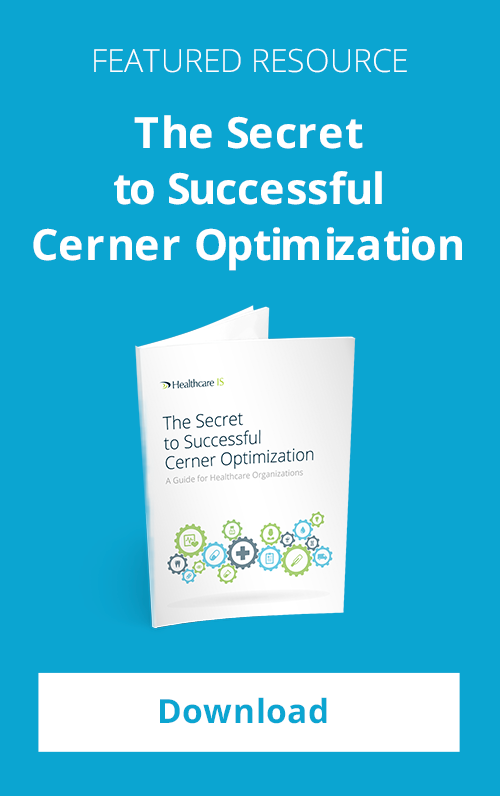Cerner's Contract With DOD Increased by $23 Million
The Department of Defense (DoD) has substantially upped its financial commitment to Cerner. This was done as part of the continuing effort to modernize the Department of Veteran Affairs (VA) and DoD healthcare information systems under the Defense Healthcare Management Systems Modernization (DHMSM) program. The DoD will be awarding an extra $23 million in spending towards Cerner implementation, enabling Cerner to house and manage the DoD's electronic health records within Cerner's data centers.
While the escalated cost may have caused initial concern, the DoD has agreed to house all of its electronic health records (EHR) on Cerner's platform because it is the only way to achieve maximum efficiency and interoperability regarding data access, heavier data processing, and analytics.
"In order to fully enable these functionalities, the DHMSM EHR requires direct access to proprietary Cerner data, which is only available within Cerner-owned and operated data centers," the contract modification notice said.
[Related: Download “The 6 Phases of a Successful Cerner Implementation” ebook]
The spending surge looks like it will only increase in the near future, according to research firm Govini. President Obama has pinpointed electronic health record modernization, network infrastructure, and systems modernization as a few key focal points within the federal FY17 (fiscal year 2017) budget. Cerner is positioning itself to potentially be the only player of any consequence as the federal EHR modernization effort moves forward.
Cerner Implementation Can Solve Interoperability Problems
An issue that has plagued the VA and the DOD healthcare IT systems is a lack of basic interoperability between their systems. The current EHR exchange platform is not able to perform simple tasks such as sharing X-rays from one system to the other, let alone in-depth data analytics that help predict and plan what the best possible course of care will be within a specific population. This is a basic interoperability capability that would be possible within a Cerner implemented environment.
In addition to its rising stature in the military sphere, Cerner is also the top vendor used by non-federal hospitals participating in the Medicare EHR Incentive Program. With more than 1,000 hospitals using Cerner EHRs to meet the Medicare EHR Incentive Program requirements, the opportunity for even more connectivity and information sharing across both federal and non-federal hospital systems is increasing.
Need for Cerner Trained Applicants
As more federal and private hospitals make the switch to Cerner, the need for Cerner implementation trained applicants has grown more pressing. Having qualified resources and consultants on hand is a key factor in ensuring an effective switchover to Cerner implementation.
Whether it’s an infusion of qualified project managers, pharmaceutical resources, or information services experts; bringing in talented consultants is a must if you want to achieve a successful Cerner implementation.
The Real Winners
Behind all the numbers and technology speak lies what's truly at stake: improved patient care. In a more connected and efficient system, able to share information easily and quickly, patients should eventually begin to see better and more efficient healthcare services.
Considering getting started on a Cerner implementation project? Download our new ebook “The 6 Phases of a Successful Cerner Implementation”



Comments